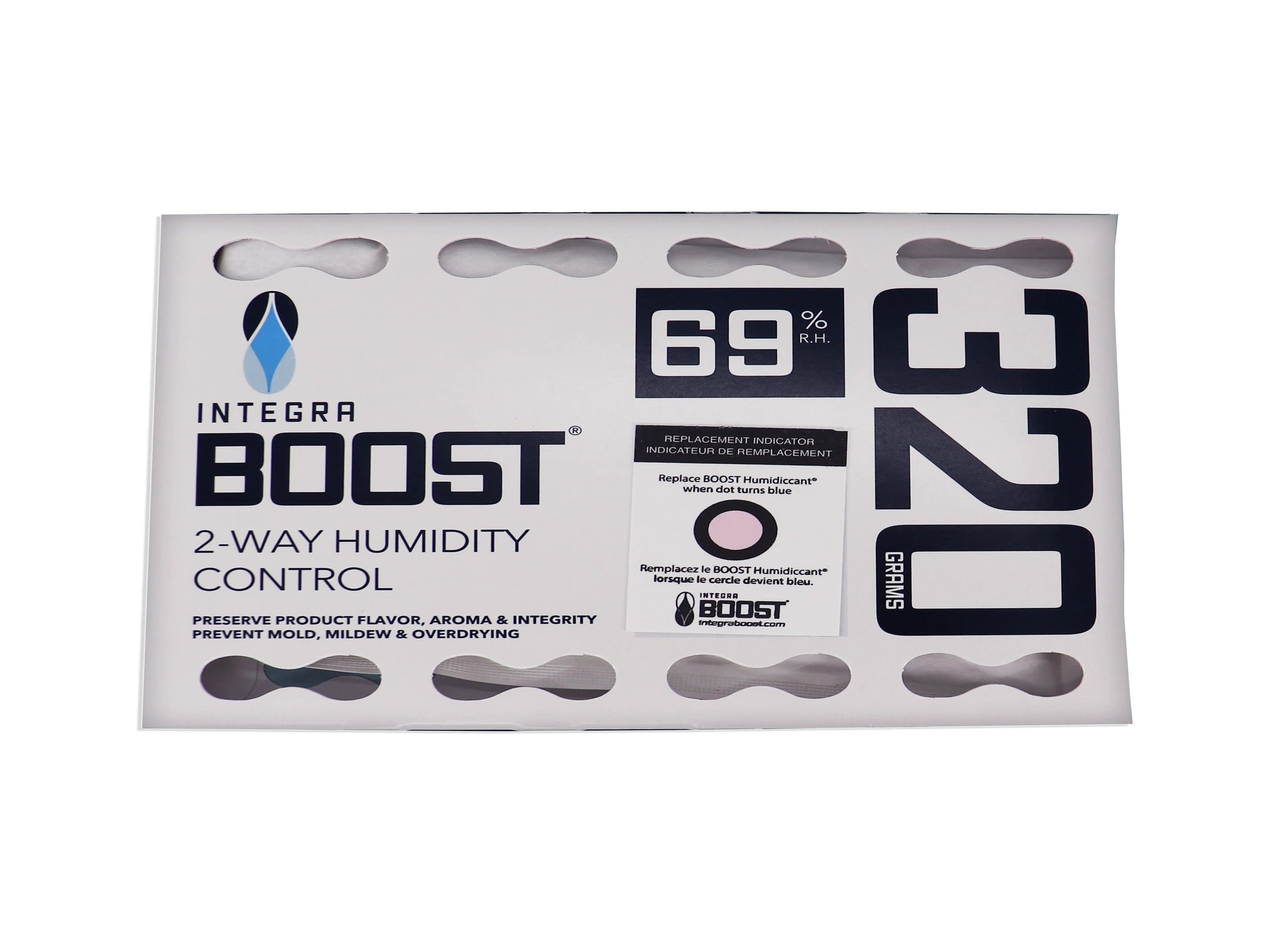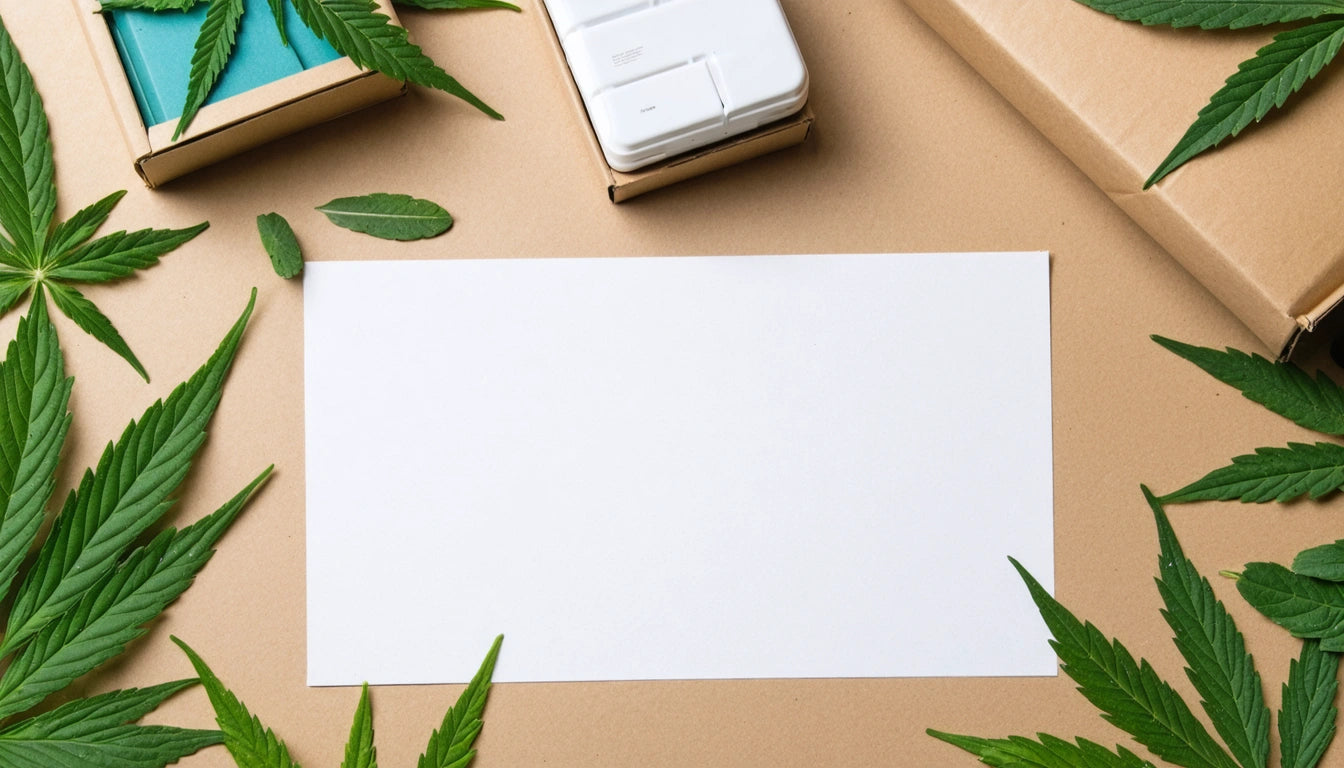Table of Contents
Label Smarter: Eco-Friendly Labeling You Can Count On
The packaging industry is evolving rapidly toward sustainability, but one crucial element often overlooked is labeling. Eco-friendly labeling represents a significant opportunity for brands to reduce environmental impact while maintaining product information integrity. This comprehensive guide explores sustainable labeling solutions that balance functionality, compliance, and environmental responsibility.
Eco-Friendly Labeling Fundamentals
Sustainable labeling goes beyond simply using recycled paper. It encompasses the entire lifecycle of a label, from raw material sourcing to end-of-life considerations. Traditional labels often contain plastic films, petroleum-based adhesives, and non-recyclable components that contaminate otherwise recyclable packaging.
According to industry data, labels typically constitute 1-3% of packaging by weight but can render entire packages non-recyclable if improperly designed. Eco-friendly labels address this challenge by ensuring compatibility with recycling streams or composting processes.
Sustainable Materials for Modern Labels
Paper-Based Solutions
Recycled and FSC-certified papers remain the foundation of sustainable labeling. These materials offer excellent printability while reducing virgin resource consumption. For cannabis products specifically, hemp-based papers provide an industry-aligned alternative with lower environmental impact than traditional wood pulp.
Biodegradable Films
Innovations in biodegradable films are creating alternatives to traditional plastic label materials. PLA (polylactic acid) derived from corn or sugarcane offers similar performance to conventional plastics while being compostable under industrial conditions. These materials complement other sustainable packaging initiatives, such as compostable packaging solutions.
Emerging Alternatives
Cutting-edge materials include algae-based films, stone paper (made from calcium carbonate), and even mushroom-derived materials. These innovations align with broader packaging trends highlighted in our exploration of mushroom packaging, demonstrating how natural materials can replace synthetic ones across the packaging spectrum.
Adhesive Innovations for Green Labeling
The adhesive component of labels often poses the greatest recycling challenge. Traditional adhesives can contaminate recycling streams and prevent proper material recovery. Sustainable alternatives include:
- Water-based adhesives that avoid volatile organic compounds (VOCs)
- Dissolvable adhesives that separate during recycling processes
- Compostable adhesives derived from plant sources
- Pressure-sensitive adhesives designed for recycling compatibility
When paired with appropriate label materials, these adhesives ensure that packaging can be properly recycled or composted. This holistic approach aligns with the principles outlined in our comparison of compostable versus recyclable packaging.
Smart Label Design for Sustainability
Beyond materials, design decisions significantly impact label sustainability. Smart design principles include:
Minimalist Approach
Reducing label size and ink coverage decreases material consumption and improves recyclability. This approach aligns with broader sustainable packaging principles discussed in minimal waste fulfillment strategies.
Mono-Material Design
Labels made from the same material as the packaging improve recyclability by eliminating separation requirements. This principle mirrors the benefits of mono-material packaging in recycling streams.
Eco-Friendly Inks
Water-based and plant-based inks reduce environmental impact and avoid contaminating recycling processes. For specialized applications like pre-roll packaging, using environmentally responsible inks on custom pre-roll cones and packaging ensures brand visibility without compromising sustainability.
Implementing Eco-Labeling in Your Business
Transitioning to sustainable labeling requires careful planning and consideration of business needs:
Conduct a Label Audit
Evaluate current labeling practices to identify opportunities for improvement. Consider material composition, adhesive type, and design elements that may impact recyclability.
Balance Regulatory Requirements
Ensure sustainable labels still meet all compliance requirements, particularly for products like cannabis that have strict labeling regulations. This balance is critical for maintaining legal compliance while advancing sustainability goals.
Consider Total Environmental Impact
Assess the full lifecycle impact of label options, including production energy, transportation, and end-of-life scenarios. Sometimes, as noted in why minimal packaging isn't always greenest, the most obvious solution isn't necessarily the most sustainable.
Communicate Transparently
Use labeling as an opportunity to communicate sustainability efforts, as discussed in using packaging to tell your brand's sustainability story. However, avoid greenwashing by ensuring claims are substantiated and specific.
Future of Sustainable Labeling
The evolution of eco-friendly labeling continues with several promising developments on the horizon. Digital labeling technologies may eventually reduce or eliminate physical labels entirely. Meanwhile, innovations in material science are creating ever more sustainable options, from edible labels to those that change color to indicate product freshness or contamination.
As consumers increasingly demand sustainable packaging, brands that pioneer eco-friendly labeling gain competitive advantage while contributing to environmental solutions. By implementing the strategies outlined in this guide, businesses can ensure their labeling practices align with broader sustainability goals and consumer expectations.











Leave a comment
All comments are moderated before being published.
This site is protected by hCaptcha and the hCaptcha Privacy Policy and Terms of Service apply.